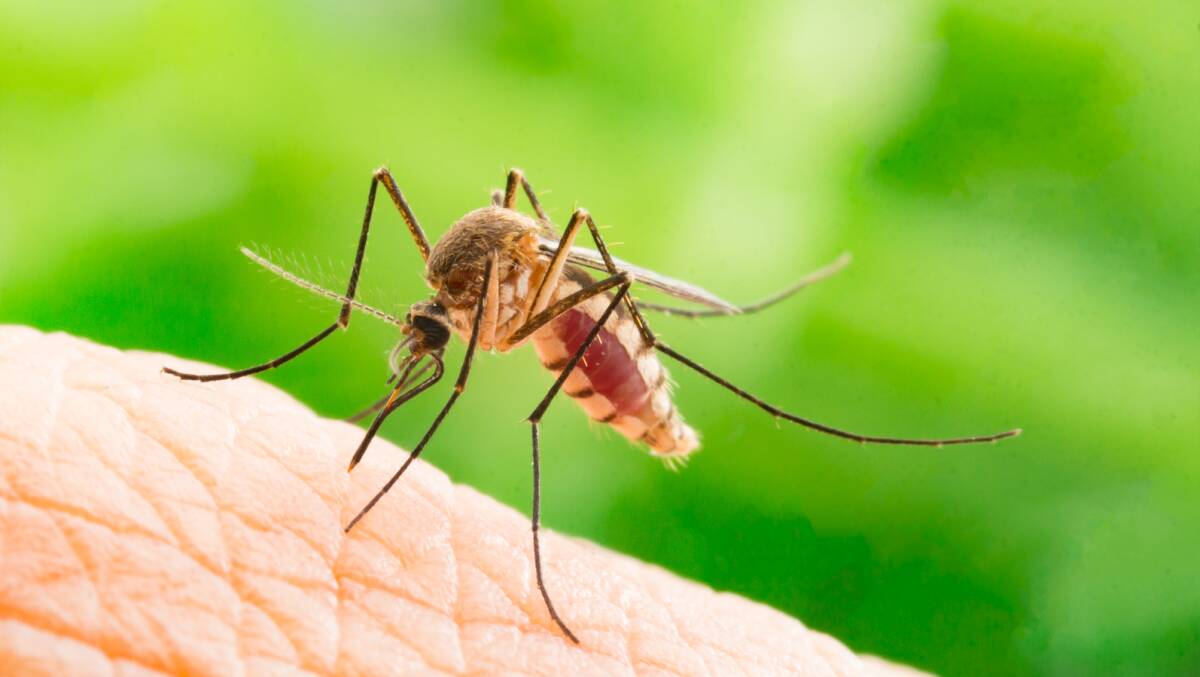Health authorities in the ACT are working with the federal government to determine how suspected cases of Japanese encephalitis virus would be monitored and investigated in the territory.
National vaccination recommendations are being developed for the virus, of which two Australians have died in recent days.
Clinicians across Canberra's hospitals have been sent an alert to monitor people presenting with signs of Japanese encephalitis. No human cases of the virus have been identified in the ACT at this stage.
The territory's health officials are working with the federal government and other ACT directorates to determine a monitoring plan for the deadly disease.
"Jurisdictions are working together to share information on ongoing surveillance of mosquitos and other animals involved in the transmission cycle of the virus," an ACT Health spokesman said.
MORE HEALTH NEWS:
- Canberra Hospital to look overseas for talent in recruitment drive
- Walk-in centre could stay close with high demand at Garran clinic
- People not reporting positive RATs, ending up in ACT hospitals
There have been 10 confirmed human cases of Japanese encephalitis virus in Australia as of Wednesday. Six cases have been identified in Victoria, three in NSW and one in Queensland.
The virus is transmitted through bites from mosquitos and is not transmitted from person-to-person. Fewer than 1 per cent of people who are infected experience symptoms. Symptoms include headache, fever, neck stiffness, confusion or seizures.
There is no treatment for the virus but there is a vaccine, and the ACT Health spokesman confirmed vaccine recommendations were being developed.
"National vaccination recommendations are being developed to determine priority groups for JEV vaccination," the spokesman said. "The priority groups will reflect those who are at highest risk of being exposed to JEV."
The virus was first detected in samples from pigs in commercial farms. There are no commercial piggeries in the ACT.








